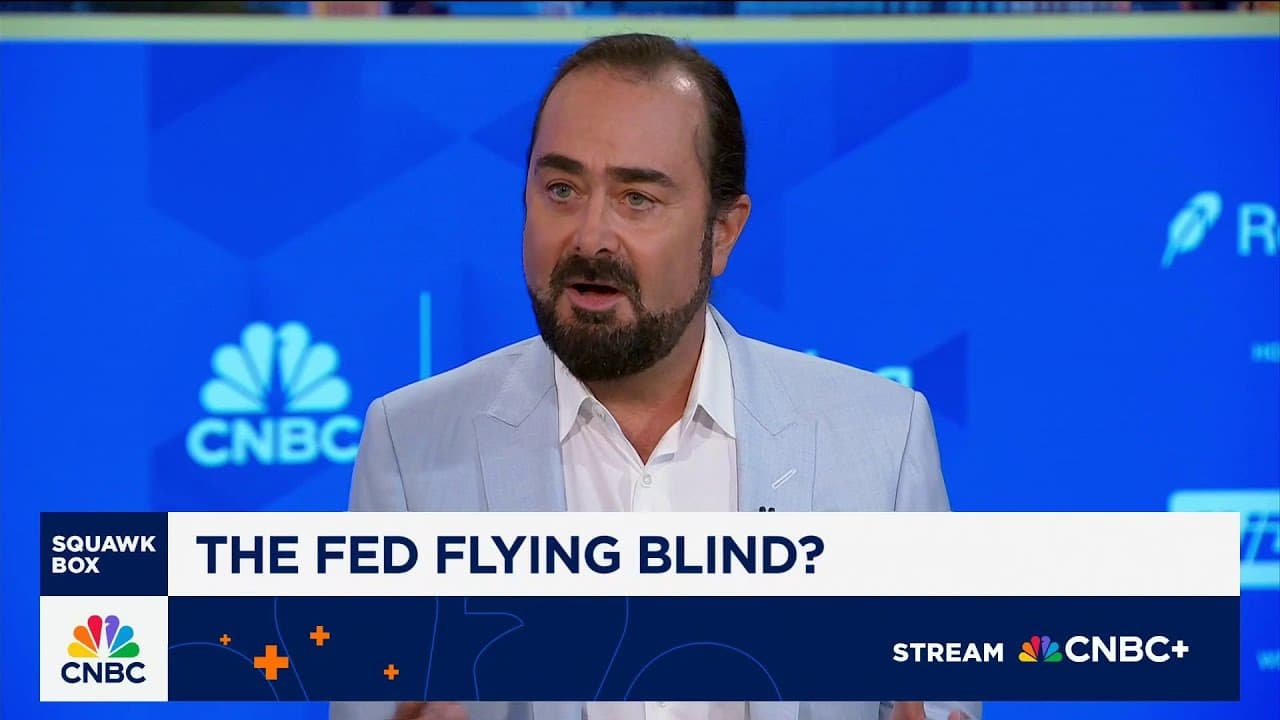Jefferies Chief Strategist Cautions on Potential 3% Growth, 5% Unemployment Economic Future

David Zervos, the Chief Market Strategist at Jefferies and the voice behind the widely followed @jefmacrostrat account, has issued a cautionary economic forecast, suggesting the world risks settling into a landscape of 3% economic growth coupled with 5% unemployment. This perspective, shared via social media, highlights concerns about future global economic performance and labor market stability.
"We risk being in a world of 3% growth and 5% unemployment," stated Jefferies’ @jefmacrostrat, referring to the potential long-term economic trajectory.
Zervos, who previously served as an advisor to the Federal Reserve Board, is known for his macroeconomic insights and market analysis, which he provides to Jefferies' clients and the broader financial community. His comments suggest a period of moderate economic expansion, potentially below historical averages for some developed economies, and a labor market that, while not in crisis, may not be as robust as in recent periods.
A 3% global growth rate is generally considered healthy, though its implications vary by region and productivity levels. Similarly, a 5% unemployment rate typically indicates a labor market that is not overheated but also not experiencing severe distress. This forecast implies a delicate balance, where policymakers would need to navigate carefully to sustain growth without exacerbating unemployment.
Current economic projections from various international bodies and financial institutions often present a range of scenarios, reflecting ongoing uncertainties such as inflation, interest rate policies, and geopolitical tensions. Many economists are closely monitoring the impact of central bank actions to curb inflation on both economic growth trajectories and employment figures in the coming years. Jefferies, a global investment banking firm, regularly contributes to these discussions with its detailed economic analyses.
The strategist's outlook points towards a potential normalization or deceleration from the rapid post-pandemic recovery, influenced by factors like elevated borrowing costs and persistent supply chain challenges. Such an environment would necessitate strategic policy responses to prevent either stagflationary pressures or a significant economic slowdown. Market participants are expected to closely analyze upcoming economic data for indicators that either support or contradict this forecast.